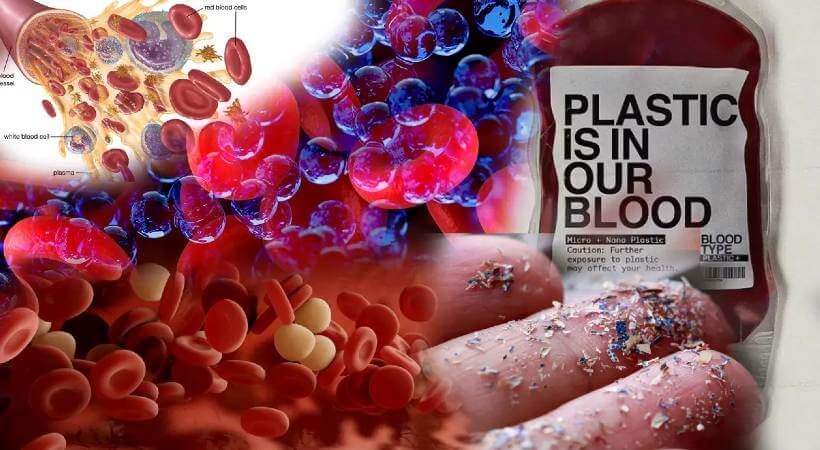As home gardeners in the U.S. page through seed catalogs and pick out their favorite heirlooms, there’s a new seed that has never been available to them before: a tomato the color of a concord grape with plum-colored flesh. It looks otherworldly, maybe Photoshopped. But it’s not. This nightshade is purple because its creators at Norfolk Plant Sciences worked for about 20 years to hack color genes from a snapdragon flower into the plant. The genes not only provide pigment, but high levels of anthocyanin, a health-promoting compound.
This dusky fruit, named the Purple Tomato, is the first genetically modified food crop to be directly marketed to home gardeners – the seeds went on sale Saturday. Last year, a handful of small farmers started growing and selling the tomatoes, but until now, genetically modified foods were generally only available to commercial producers in the U.S.
By selling direct to gardeners, Norfolk hopes to get Americans to change their perceptions of GMO foods. A 2020 Pew Research study showed that most Americans see GMOs as worse for their health than a food that has no genetic modification and just 7% see them as healthier than other foods.

“We aim to show with this product and with this company that there’s a lot of benefits that can go to consumers through biotechnology, better taste, better nutrition as prime examples,” says Nathan Pumplin, CEO of Norfolk Healthy Produce, a subsidiary of Norfolk Plant Sciences.
The leading scientist behind the Purple Tomato is Cathie Martin, a biochemist who trained at the University of Cambridge. About 20 years ago, she set out to create a transgenic tomato, using DNA from another unrelated organism, in this case, a purple snapdragon, which is an edible flower.
The goal was to develop a tomato with high levels of anthocyanins, the compounds that give blueberries and blackberries, eggplant and purple cabbage their color and their status as superfoods.
Anthocyanins have been shown to have anti-cancer and anti-inflammatory effects. They’re antioxidants, which can help neutralize unstable molecules in the body that can damage healthy cells and are linked with aging and disease.
“It’s normal for tomatoes to make these healthy antioxidants. They typically don’t make them very much in the fruit, though,” Pumplin says, explaining that they normally appear in the stems and leaves. “So what Cathie [Martin] did was put the on switch into tomato.”
She started with the basic technique that scientists figured out in the 1980s using a bacteria to naturally insert its DNA into host organisms.
It’s a process that can happen naturally. For example, sweet potatoes have the DNA of an agrobacterium and can technically be considered transgenic, an plant that contains genetic material of two different organisms.
Martin pinpointed the gene in the snapdragon flower that controlled the purple color. She then extracted this gene and inserted it into bacteria. The tomato was then capable of incorporating the foreign genetic material and expressing the new gene.
“It really is a great example of understanding how the natural world functions and building on that to meet our needs,” Pumplin explains.
The result? Norfolk’s purple tomato packs the same anthocyanin punch per weight as a blueberry or eggplant, according to Pumplin. Plus, given that Americans eat so many tomatoes, this innovation makes the nutritional benefits more accessible.
In a study published in Nature, Martin discovered that mice who consumed a diet including purple tomatoes lived 30% longer than those who didn’t.
Related posts:
Gardeners can now grow a genetically modified purple tomato made with snapdragon DNA
Purple GMO tomato now available in the US
Get Ready to Grow Purple Tomatoes This Summer




